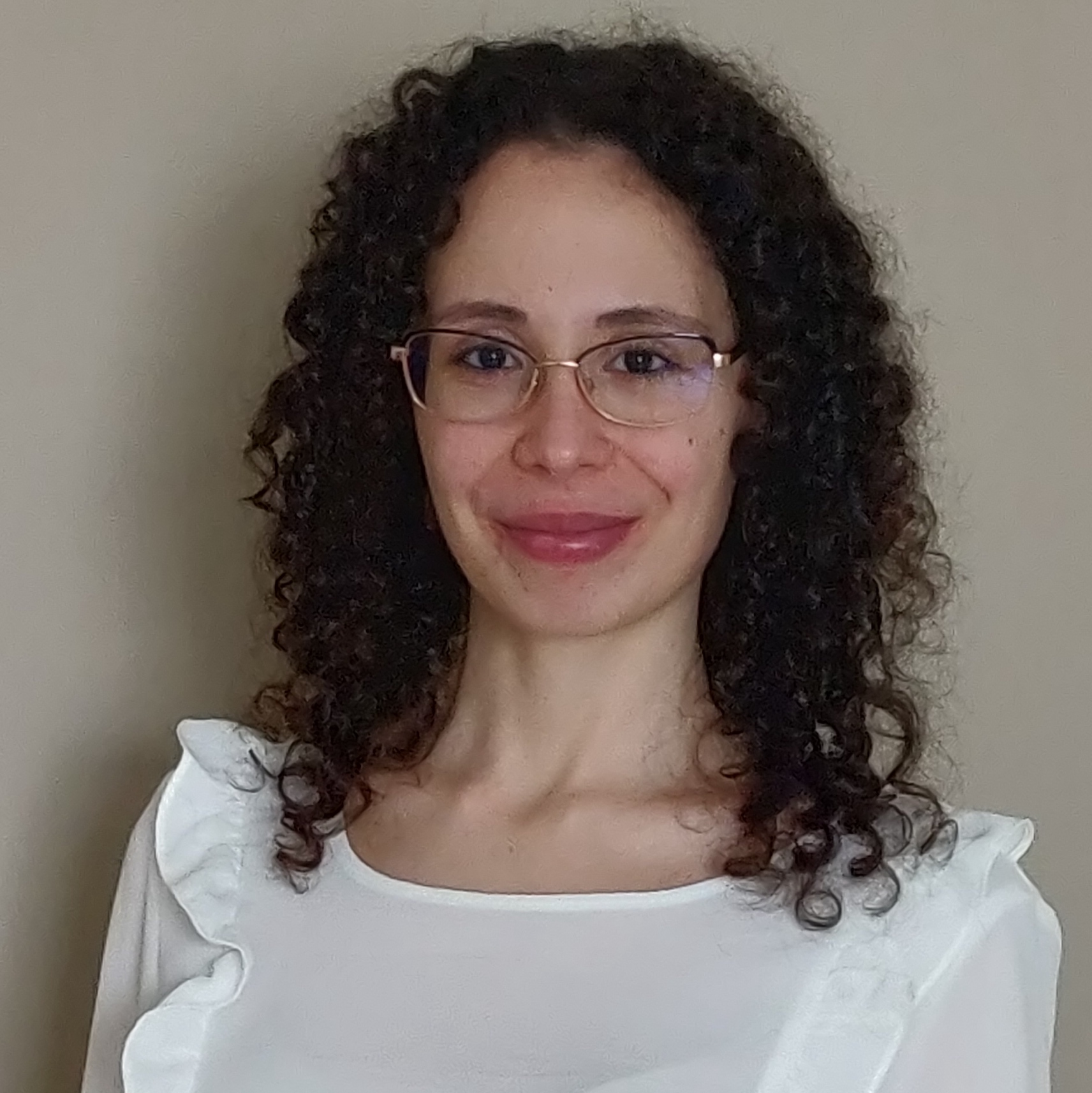New article on superfluidity in flat band condensates
As part of my Marie-Curie Action TEBLa, I am thrilled to investigate the role of the quantum geometry in the properties of Bose-Einstein condensates in flat bands.
Read our new paper Superfluidity of flat band Bose–Einstein condensates revisited just published on the Ukranian journal Fizyka Nyzkykh Temperatur 49, 770-784 (2023) by the B. Verkin Institute for Low Temperature Physics and Engineering of the National Academy of Sciences of Ukraine and simultaneously in English translation by American Institute of Physics in Low Temperature Physics 49, 701-713 (2023). This paper is part of a special issue on 2D and 3D Quantum Materials/Effects to support the research in Ukrain against the war.
We consider the superfluid weight, speed of sound and excitation fraction of a flat band Bose-Einstein condensate (BEC) within multiband Bogoliubov theory. The superfluid weight is calculated by introducing a phase winding and minimizing the free energy with respect to it. We find that the superfluid weight has a contribution arising from the change of the condensate density and chemical potential upon the phase twist that has been neglected in the previous literature. We also point out that the speed of sound and the excitation fraction are proportional to orbital-position-independent generalizations of the quantum metric and the quantum distance, and reduce to the usual quantum metric (Fubini-Study metric) and the Hilbert-Schmidt quantum distance only in special cases. We derive a second order perturbation correction to the dependence of the speed of sound on the generalized quantum metric, and show that it compares well with numerical calculations. Our results provide a consistent connection between flat band BEC and quantum geometry, with physical observables being independent of the orbital positions as they should, and complete formulas for the evaluation of the superfluid weight within the Bogoliubov theory. We discuss the limitations of the Bogoliubov theory in evaluating the superfluid weight.

